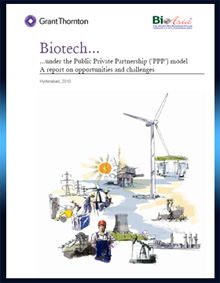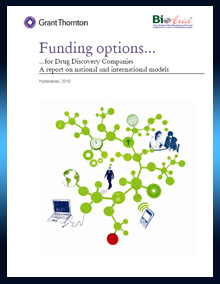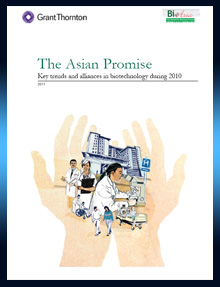|
Biotech...
...under the Public Private Partnership('PPP') model
A report on opportunities and challenges
Biotechnology in India is one of the fastest growing sectors and is expected to continue playing a pivotal role in shaping India into a knowledge economy. Some of the key factors which offer India a competitive advantage include the availability of research and development (R&D) facilities, knowledge, skills and cost effectiveness. The Indian Bio-tech industry currently holds 2% of the global biotech market which is largely dominated by the US (with a share of 41%). Despite a global meltdown and reduced capital flows into emerging countries, the Indian biotech industry has recorded a growth of 18% in rupee terms at Rs 121 billion. With long gestation periods and high technical complexities, funding in Indian biotech development companies has been highly diffused. While various incubation models have been tested in the US, Europe, Brazil and China, in India, such incubation clusters are concentrated in a few select cities with government agencies and institutes emerging as the innovation hubs. Up to 2009, the Biotech industry in India has had to rely largely on government support in the form of grants, parks, fiscal incentives etc with limited participation from Indian corporates.

Even though Private Equity ('PE') and Venture Capital ('VC') funding has been flowing into India over the last 5 years, it has not been able to lend the required thrust to biotech. Only a small fraction of the PE and VC investments are invested in biotech innovation owing to the complexity, uncertainty, long gestation period and risk involved in such setups.
Role of PPP in Biotech
India through its Public Funded R&D bill is encouraging researchers and academic institutions to innovate and plans to incentivise their efforts. Government funding in terms of providing finance, entering into PPPs, their commitment in developing this sector is encouraging with their dual roles of the financier and the regulator. This report attempts to outline a model comprising government participation through public private partnerships for the development of this sector, combining it with equity and knowledge participation from the private sector and using the results for social benefit. How these concepts may be implemented, is discussed in this report by addressing the following key questions:
- Has government support become the dominant financing form for this sector?
- What are the current schemes and support mechanisms which are already in place?
- Can PPP play a pivotal role in the development of this sector?
- What are the key opportunities under the PPP model?
- Understanding the value expectation of the public and the private partners
- What is in it for the government?
- Various funding schemes - tried and/or tested
- Case studies - successes and failures
- What are the key challenges on the road ahead?
- Are there any other innovative investments and return models?
- What is the way forward for PPP in Biotech?
Hide
|




